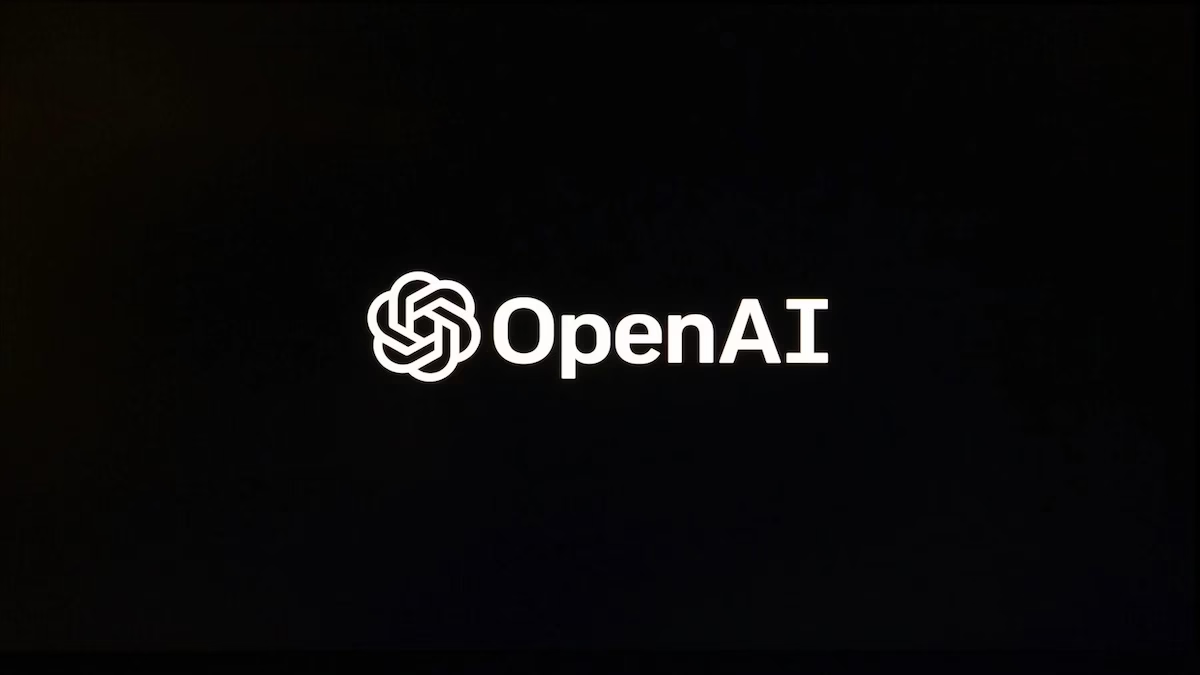OpenAI Sticks with Nvidia to power its AI models
The dynamic of the world of artificial intelligence is fast-paced, and the selection of the hardware contributes as much as the software novelty. OpenAI is one of the most influential actors in the AI arena, and recently it made the news by renewing its agreement says that OpenAI Sticks with Nvidia, which already dominates the GPU side of the industry, and leaving behind the custom-made Google Tensor Processing Units (TPUs).
This move has raised eyebrows and controversy in the tech circle. Why have OpenAI, a leader in generative AI, doubled down on Nvidia rather than using Google AI processing units, which have been tailored to deep learning?
1. Nvidia’s Proven Track Record in AI Performance
A major cause as to why OpenAI is continuing with Nvidia is its unsurpassed power in GPU computing. Nvidia is no newcomer to the world of AI research and deployment, delivering state-of-the-art performance, scalability or software support. Its H100 and A100 GPUs with their powerful capabilities have been made the standard of training and executing large language models such as GPT-4 and GPT-5.
Machine learning libraries are well supported, deeply integrated, and heavily optimized to utilize the CUDA platform Nvidia offers to developers so they can accelerate AI workloads. The stability and resilience of OpenAI is based on its long-standing ecosystem, which forms a reliable and stable source of experimentation and deployment.
Google, in turn, has to a large degree tailored its TPUs to the internal needs of the company, such as Search and YouTube. Although TPUs can be highly efficient when completing specific tasks, they are not nearly as well-established or general-purpose tools to use across the momentum of the AI community as an Nvidia GPU.
2. Ecosystem and Software Compatibility Matters
One more factor, which makes OpenAI Sticks with Nvidia, is the strong ecosystem integration. The GPUs of Nvidia are compatible with commonly used machine learning frameworks like PyTorch that OpenAI heavily depends on. AI developers are all trained on this stack therefore making it a lot easier to transition, scale, and collaborate.
TPUs used by Google are very potent, but they frequently need code refactoring and various optimization approaches. The learning process, along with possible issues of compatibility, may give the innovation a backseat, which is unacceptable in such a fast-paced AI arms race as an open-source OpenAI.
By continuing to use Nvidia, OpenAI does not have to bear the heavy and dangerous expense and investment of abdicating its paradigm upon a new hardware and software paradigm; it can continue however it currently devises and deploys greater models on its current paradigm smoothly.
3. Cloud Infrastructure and Scaling at Speed
The decision by OpenAI is also informed by its interest in scaling AI infrastructure across the world. Every large cloud provider has Nvidia GPUs inside, including OpenAI, its main
partner Microsoft Azure. This global availability enables OpenAI to get high volume and scale operations rapidly, GPUs accessible globally, and performance optimized between clusters.
Meanwhile, Google TPUs are more pegged against its own cloud environment, Google Cloud, and much less distributed or widely supported in a hybrid setting. The move to TPUs would have cost OpenAI either the diversification of cloud plans or simply replicating them, which is not only cost-inefficient but also time-consuming.
Considering the rate at which OpenAI is doing model and service deployment with services such as ChatGPT, DALL·E, and Codex, there is just no sense in going outside the box and finding new and strong infrastructure.
4. Strategic Independence from Competitors
We cannot overlook the business politics of this move. The major strategic partnership of OpenAI is with Microsoft that had invested more than 13 billion in it. The Azure Cloud of Microsoft is based on Nvidia hardware and does not have native support of Google TPU stack.
By deploying AI chips on Google, it would go against a direct competitor, in cloud computing, or even in the race of AI. Delaying the implementation of Google TPUs will keep the strategy of OpenAI well separated in connection with one of the largest competitors.
Moreover, transitioning to the chips created by Google would provide Google with the data on how the product is being used and what its performance is like to a limited extent, which is something that OpenAI and Microsoft would presumably not be too fond of.
The Implication of This on the Future of AI Infrastructure:
The OpenAI initiative depicts an aspect that hardware coherence, software interoperability and system stability are very important in AI ecosystem. Due to the increasing complexity of AI models, which require more significant resources in terms of time and cost, the selection of chipsets can entail sweeping consequences on speed and cost-efficiency.
The step also shows a possibility that Nvidia will not lose its hegemony in the AI hardware segment any time soon. Although companies such as AMD and Google do not stop innovating, Nvidia is still the one that is used in the best AI laboratories not only due to its hardware but due to having a full-stack support system.
Even with their potential, Google TPUs are not yet used outside of their internal projects. To gain a wider presence in the industry, Google would have to spend more on developer assistance, compatibility with open-source software, and multi-cloud elasticity.
Conclusion:
OpenAI Sticks with Nvidia GPUs, it is a well-thought-out move based on performance, compatibility, and scalability as well as strategic alignment. Although Google TPU has strong AI potential, it is still not as integrated, adaptable and ready to be used on the market as Nvidia products.
Competition in the world, where milliseconds must make the difference, and innovations go at the speed of lightning leaves little time to replace Nvidia, and OpenAI is happy to continue using what works best at the moment.
With the competitions in AI hardware heating up, the manner in which Google, AMD, and other market actors react will be a matter of interest to everybody. However, at this point, Nvidia has been the chipmaker of choice when it comes to the AI revolution.
Key Takeaways:
- Nvidia GPUs are more flexible and support more massive AI models than TPUs.
- The tech stack of OpenAI is highly intertwined with Nvidia software and hardware and CUDA-friendly software such as PyTorch.
- Scalability and availability in Microsoft Azure enhance the logical application of Nvidia.
- Refusing the chips provided by Google will help Open AI be less dependent on one of the key competitors in the field of AI and cloud services.
Read More:
- How AI Is Reshaping the Marketing World in 2025
- Google Search Console Update: Now Tracking AI Search Traffic
- AI Meets SEO: The Future of Marketing Strategies in 2025
- Google Maps New AI Feature Is a Game-Changer for Travelers
- 6 New ChatGPT Tricks Nobody Told You About in 2025


